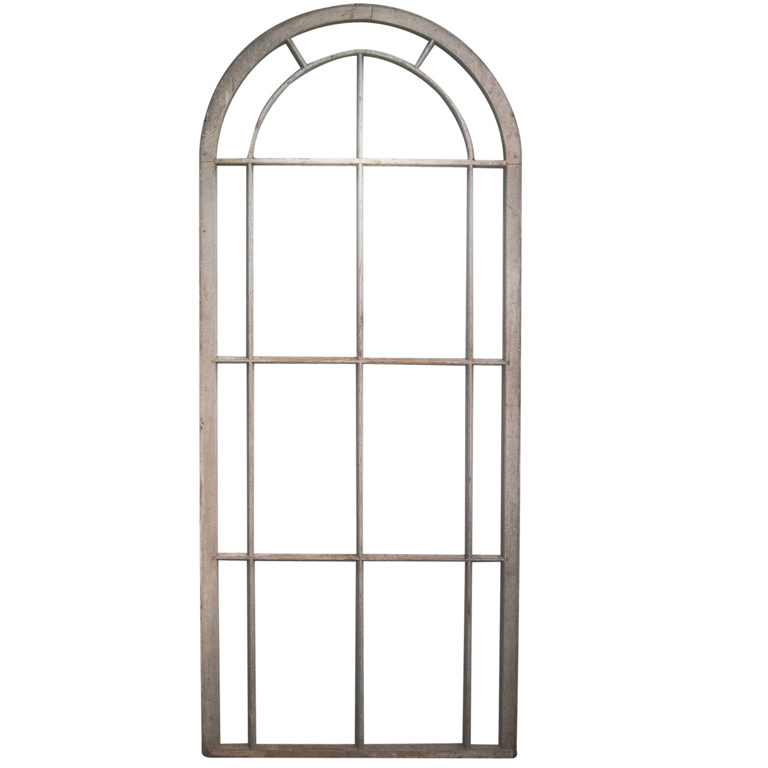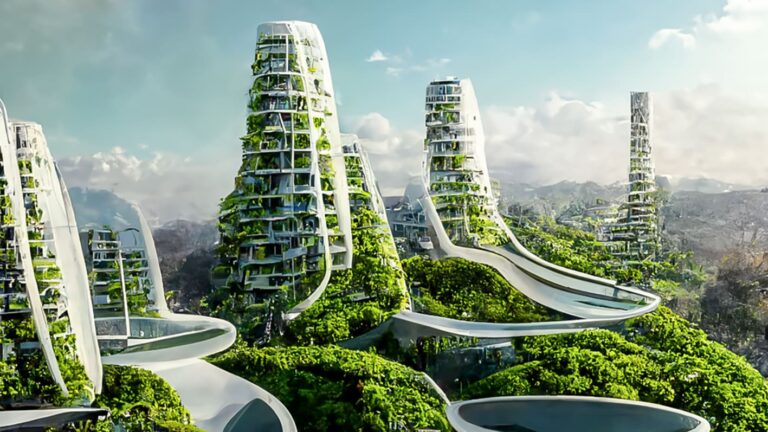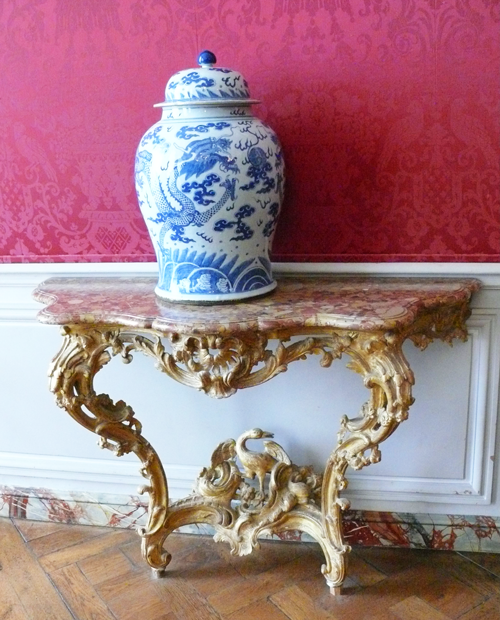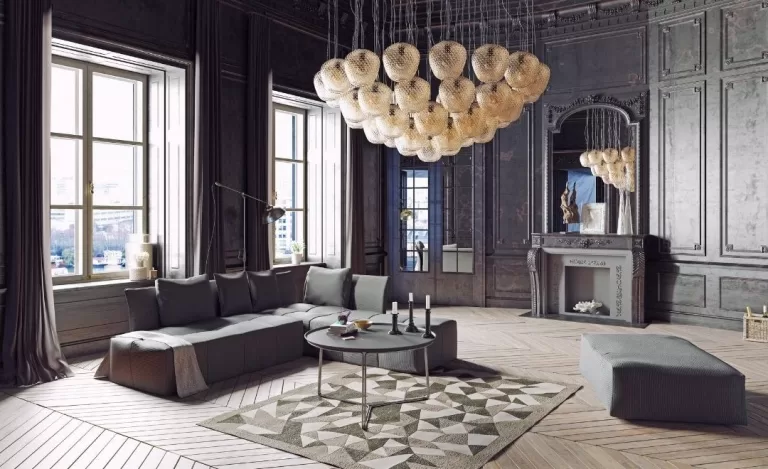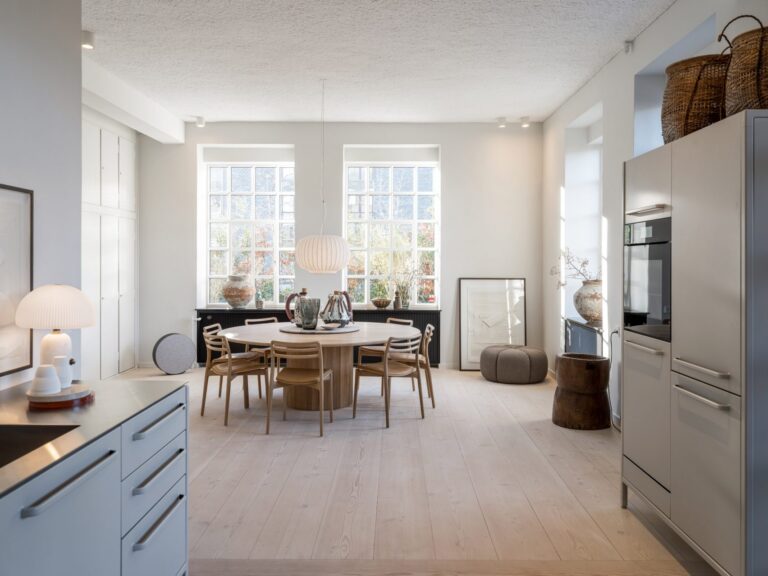Industrial Interior Design Created by Artificial Intelligence
All text and images on this article series are generated by AI. We asked the AI to write a description of the Industrial Interior Design and used this description to generate the images with DALL·E 2
Philippe Reifenrath, L’Essenziale
Artificial intelligence (AI) has become a hot topic across industries due to its ability to analyze and interpret vast amounts of data in a quick and efficient manner. The design industry is no exception, and AI is significantly changing the way industrial interior design is being approached.
The industrial interior design style is known for its raw, unfinished look that showcases exposed brick walls, concrete floors, and metal pipes. While this style has been popular for several years now, AI is paving the way for new trends and innovations.
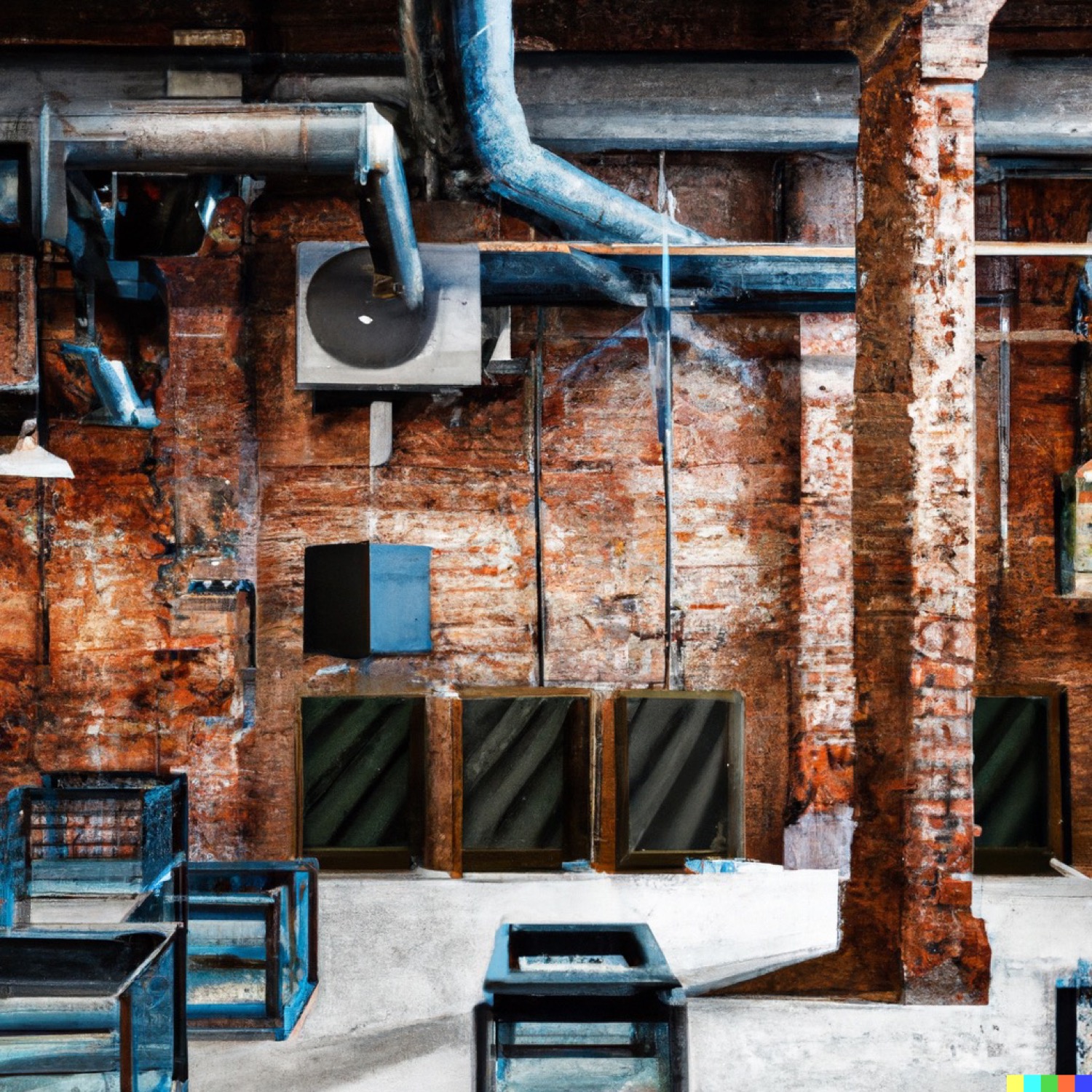
One of the significant ways AI is impacting industrial interior design is through its ability to analyze data and identify trends in consumer preferences. With the help of AI algorithms, designers can now gain insights into popular trends, emerging styles, and color schemes that resonate with consumers. This analysis helps them create designs that will appeal to the market.
Another significant way AI is influencing industrial interior design is through its ability to automate mundane and repetitive tasks. Designers can now use AI-powered software to generate 3D models, optimize floor plans, and even create mood boards. These tools allow designers to focus on more creative and strategic aspects of design, resulting in more productive and efficient workflows.
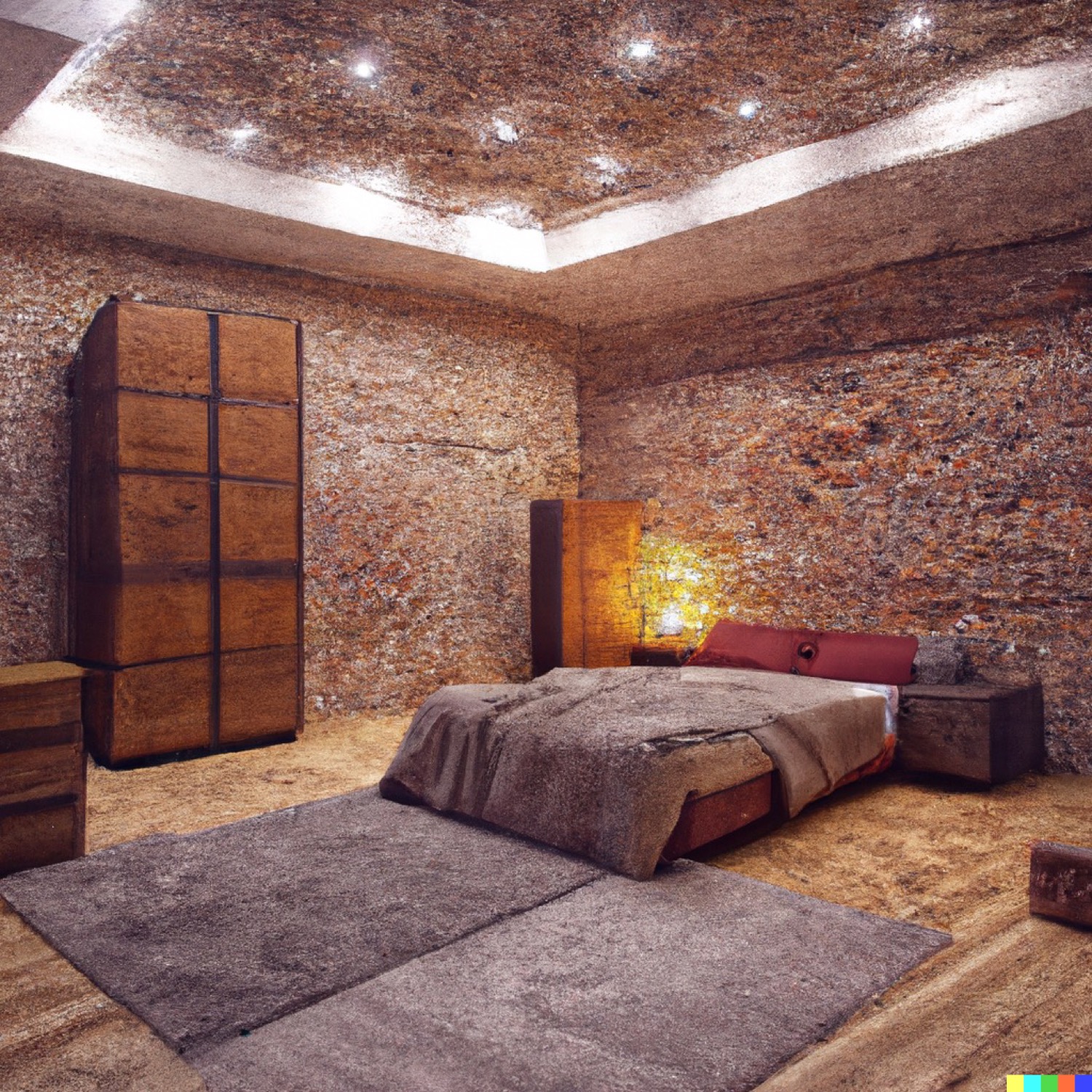
AI is also playing a role in sustainability efforts in industrial interior design. With its ability to analyze data, AI can help identify areas of energy waste and provide solutions to reduce it. By incorporating eco-friendly design features, such as solar panels, energy-efficient lighting, and recycled materials, designers can create more sustainable and environmentally-friendly spaces.
Overall, AI is changing the landscape of industrial interior design by providing designers with innovative tools and insights to create more efficient, sustainable, and aesthetically pleasing spaces. As technology continues to advance, we can expect to see more AI-powered applications in industrial interior design. With the ability to anticipate trends, generate data insights and automate tasks, AI will continue to have a significant impact on this industry in the future.
Characteristics that define Industrial Interior Design
Industrial interior design is a style that emerged in the late 19th and early 20th centuries during the industrial revolution, and it has become increasingly popular in recent years. This style is characterized by its raw, unfinished look and emphasis on functionality over aesthetics. In this article, we will explore the unique characteristics that define industrial interior design.
1. Exposed Pipes and Ducts
One of the defining features of industrial interior design is the use of exposed pipes, ducts, and mechanical systems. Rather than hiding these elements behind walls or ceilings, they are left visible, showcasing the building’s industrial history. This creates a raw, unfinished look that is quintessential to industrial design.
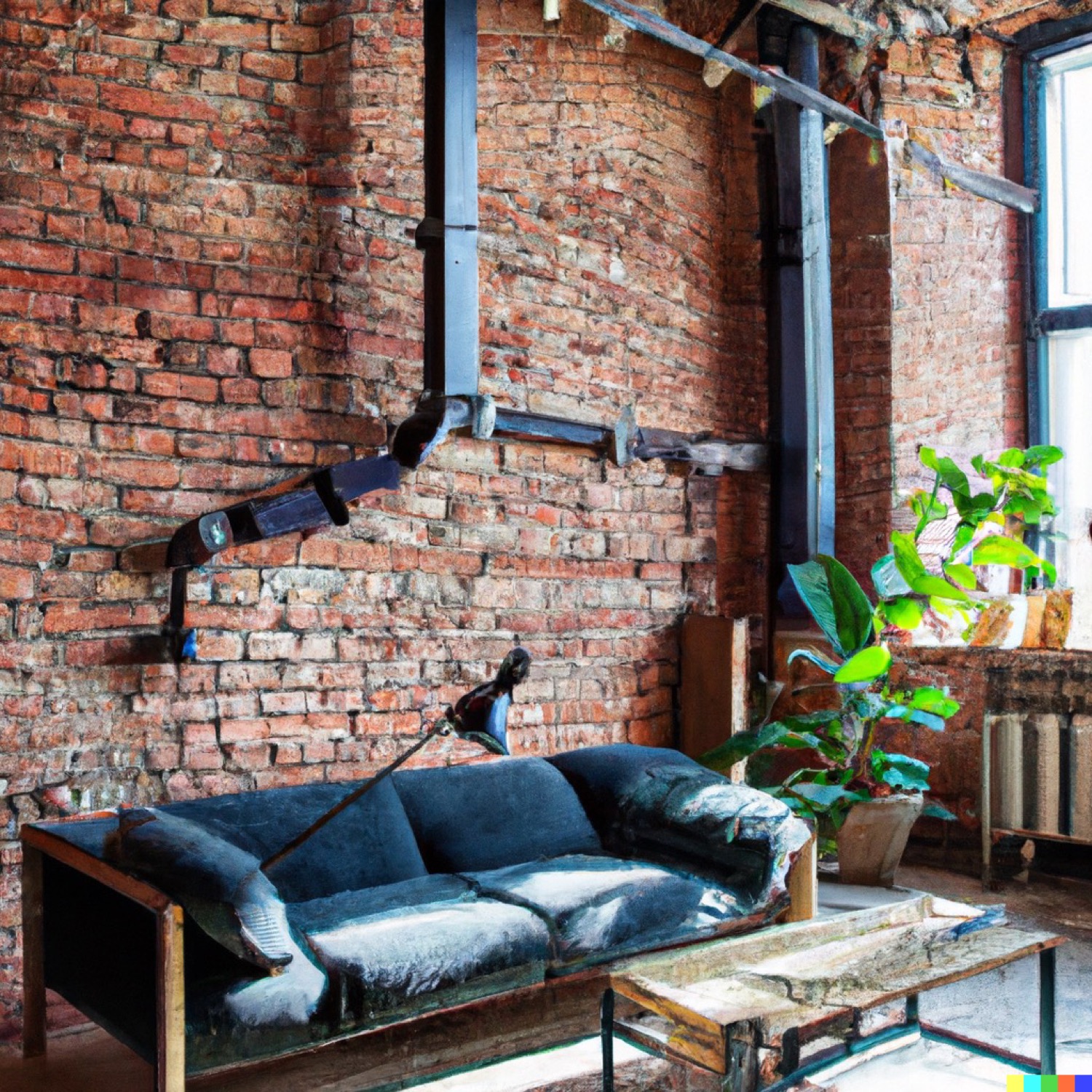
2. Brick Walls
Another essential element of industrial interior design is the use of brick walls. They are often left bare and exposed, adding texture and warmth to the space. Additionally, they can be painted or whitewashed to lighten up the room or create a more modern look.
3. Use of Natural Materials
Industrial interior design emphasizes the use of natural materials such as wood, metal, and concrete. These materials are often left in their natural state, without any additional finishes or coatings. They are chosen for their durability and functionality, rather than their aesthetic appeal.
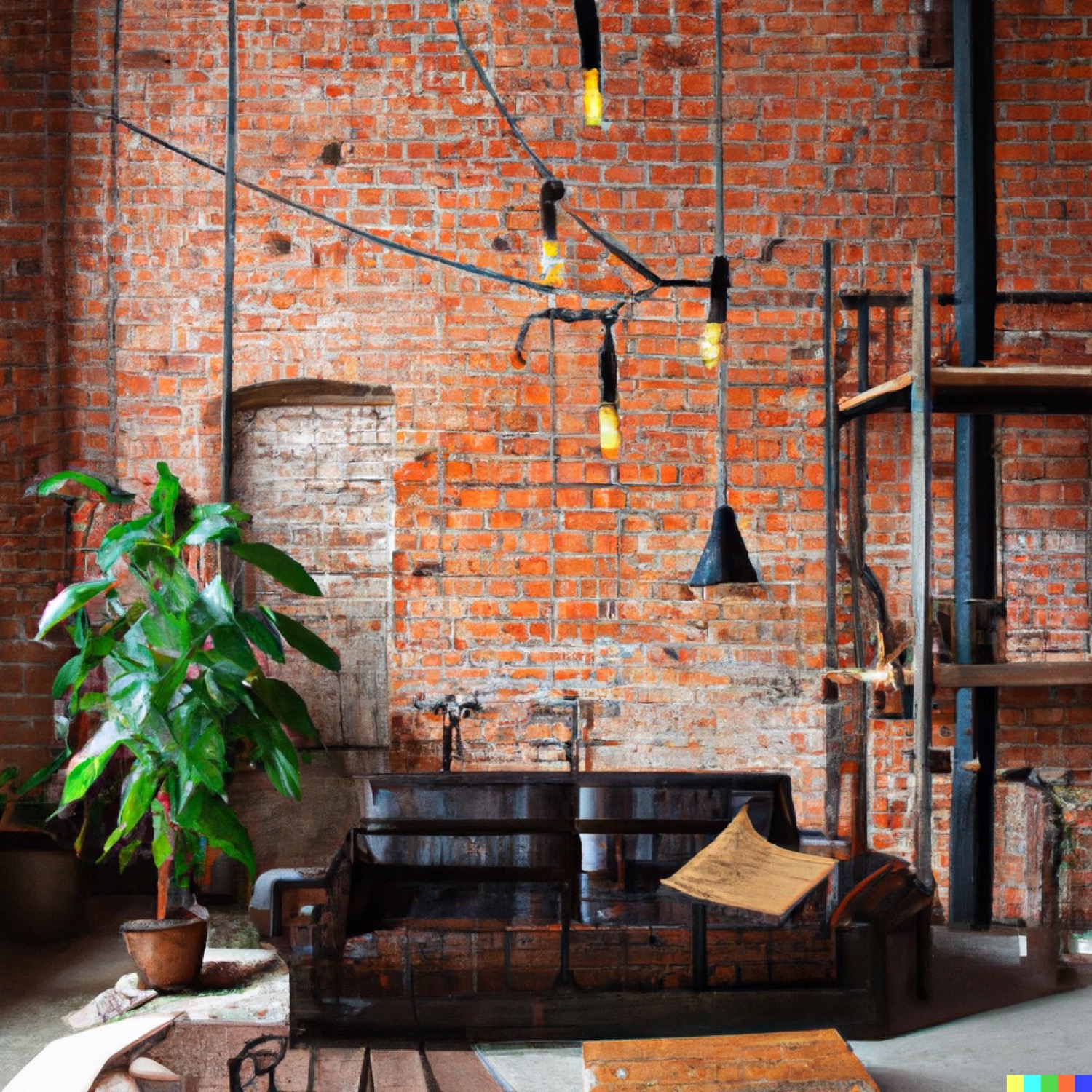
4. Open Spaces
Industrial interior design often features open spaces, such as open floor plans and high ceilings. This creates a sense of spaciousness and allows for more natural light to enter the space. It also provides ample space for large pieces of machinery or equipment.
5. Neutral Color Palette
Industrial interior design typically features a neutral color palette, including shades of gray, black, and white. This is because the focus is on the materials and functionality of the space, rather than the colors or patterns used.
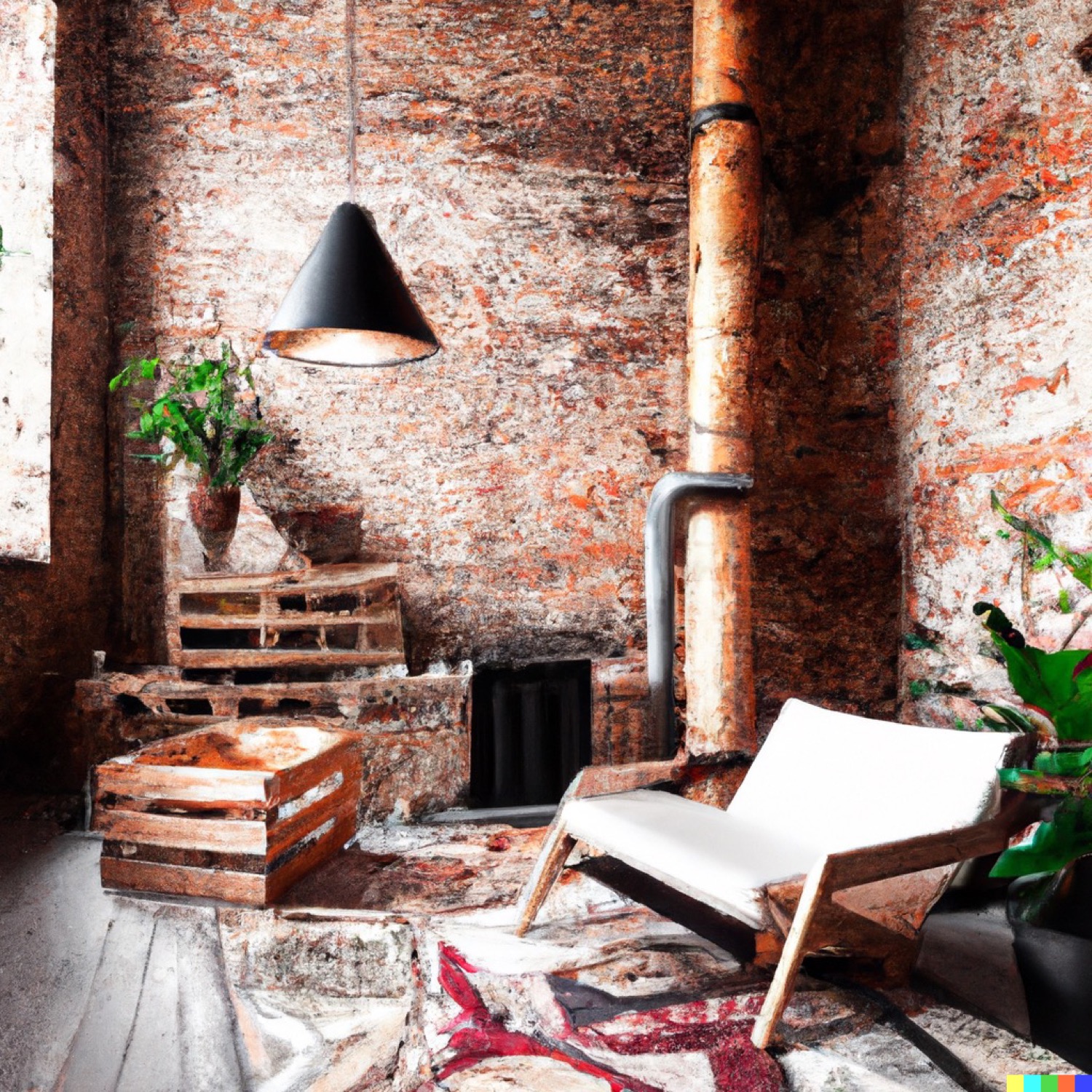
6. Minimalism
Industrial interior design is characterized by its minimalist style. The focus is on function over form, with minimal décor and accessories. This creates a clean, uncluttered space that is efficient and practical.
In conclusion, industrial interior design is a unique and popular style that emphasizes raw, unfinished materials and functionality over aesthetics. Its defining characteristics include exposed pipes and ducts, brick walls, the use of natural materials, open spaces, a neutral color palette, and minimalism. All of these features work together to create a unique and functional space that celebrates the industrial history of the building.

